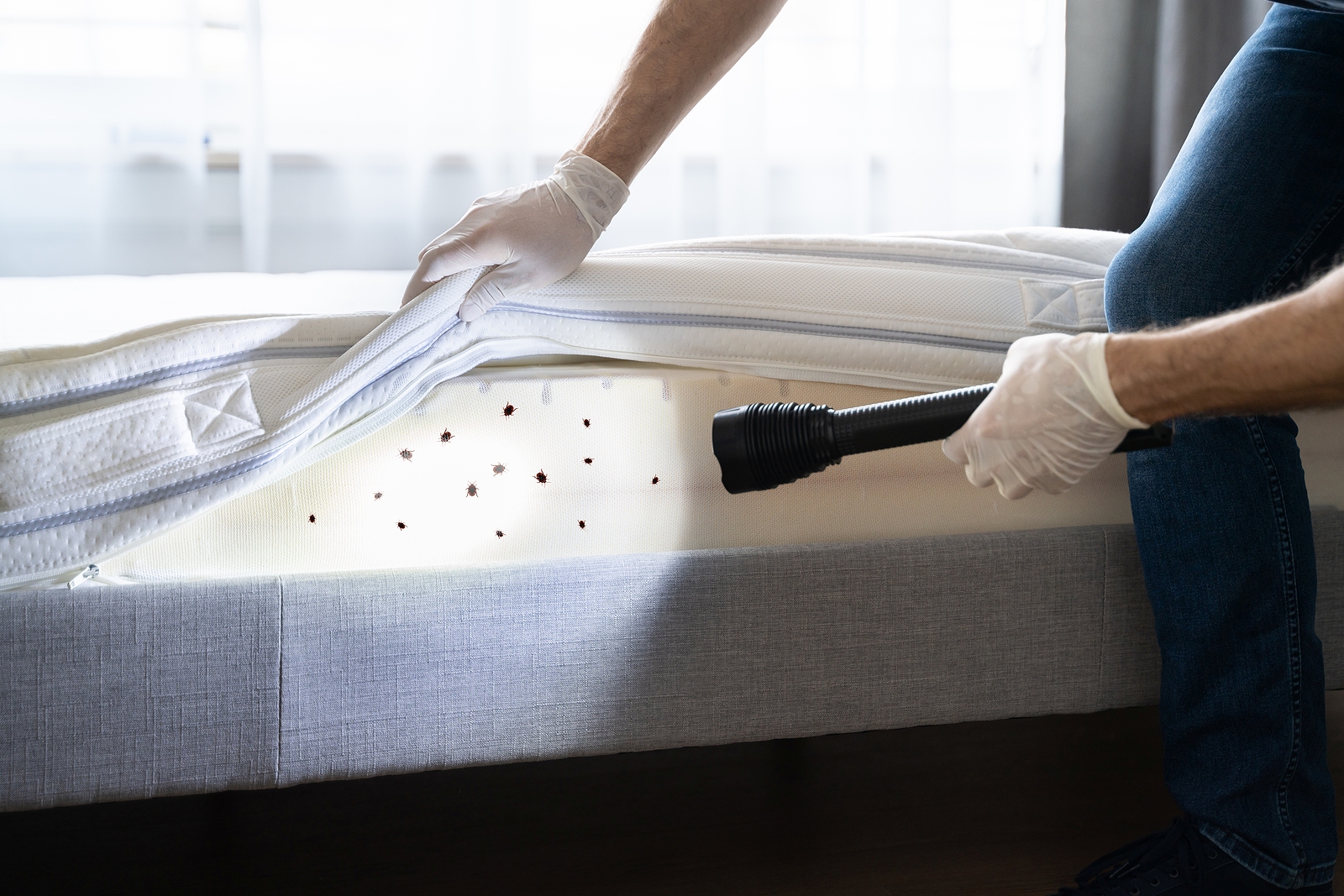You may think we have enough to worry about this summer with a world that’s gone just a bit nuts. It is still spinning, however, and whether we like it or not summer is on our doorstep, along with the various pests it brings with it. This includes bed bugs, according to the folks at DC Scientific Pest Control.
“Peak season for bed bugs is from June through October,” they say and look for them to be particularly active, feeding and breeding during this period.
The bed bug, in a nutshell
The most important thing to know about bed bugs is that they’re parasites and they feed on blood. They’re somewhat species-specific, too. The one that loves our blood is Cimex lectularius, found world-wide.
Bed bugs are similar in appearance to ticks. They are reddish-brown in color and are “… about the size and shape of an apple seed,” according to the experts at Terminix. They go on to say that the bed bug may be flat or bloated, “… depending on whether they’ve fed recently.”
The female bed bug continuously lays eggs (if she is feeding regularly), several eggs every day. Thankfully, she’ll only live a couple of months (typical life span is six to 10 months), but then her offspring take off where she left off.
They are primarily nocturnal and require three conditions under which to feed:
- Darkness
- Warm temperatures
- Carbon dioxide
What does a bite look like?
“Unfortunately, you can’t identify the bug by the appearance of the bite,” say the folks at Terminix. “Bed bug bites can resemble bites from chiggers, fleas and other insects. They can also be confused with skin conditions, such as hives, eczema or even fungal infections.”
If you wake up with a bug bite (or several), especially on areas of the body that are exposed while sleeping (face, arms, shoulders), check your sheets and pillow cases for blood spots, feces and cast-off bed bug skins. Bed bug feces, by the way, are tiny (about the size of a flea egg) and black or rust-colored.
How to find bed bugs in the home
The most logical place to start your hunt for bed bugs is near the bed. Check “… near the piping, seams and tags of the mattress and box spring, and in cracks on the bed frame and headboard,” suggests the experts at the United States Environmental Protection Agency (EPA).
From there, inspect other areas of the home, including:
- Between sofa cushions
- In the seams of upholstered furniture
- Drapery folds
- Where the wall meets the ceiling
- Electrical outlets
- Drawer joints
- Under wall hangings
- Clothing
- Baseboards
- Carpet
“Since bed bugs are only about the width of a credit card, they can squeeze into really small hiding spots,” according to the EPA. “If a crack will hold a credit card, it could hide a bed bug.”
How to rid the home of bed bugs
The folks at the EPA caution that it is important to keep the infestation from spreading further. Do this by removing infested items and sealing them in plastic. If the item can’t be treated, it must remain in the plastic for up to one year to ensure all bed bugs, and their offspring, are dead.
When purchasing a pesticide to treat the infestation, ensure that it is not only EPA-registered, but labeled for the treatment of bed bugs.
Find control and treatment tips online at EPA.gov.
We recommend hiring a professional pest control company.
Bed bugs are brilliant hitchhikers, so regardless of how impeccably clean your home is, if you travel, use public transportation, frequent laundromats or buy used furniture, you risk an infestation.






 EN
EN
 ES
ES